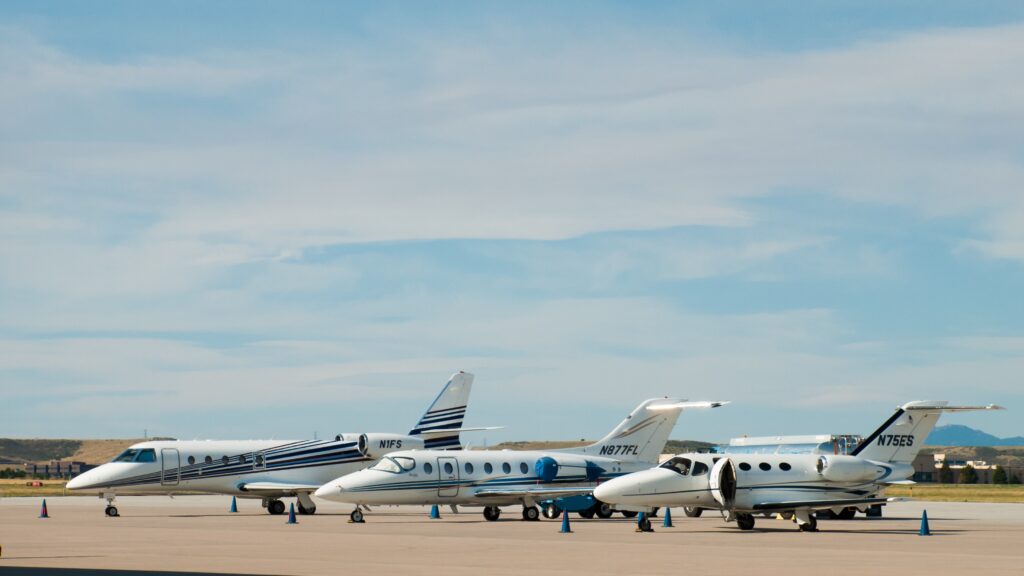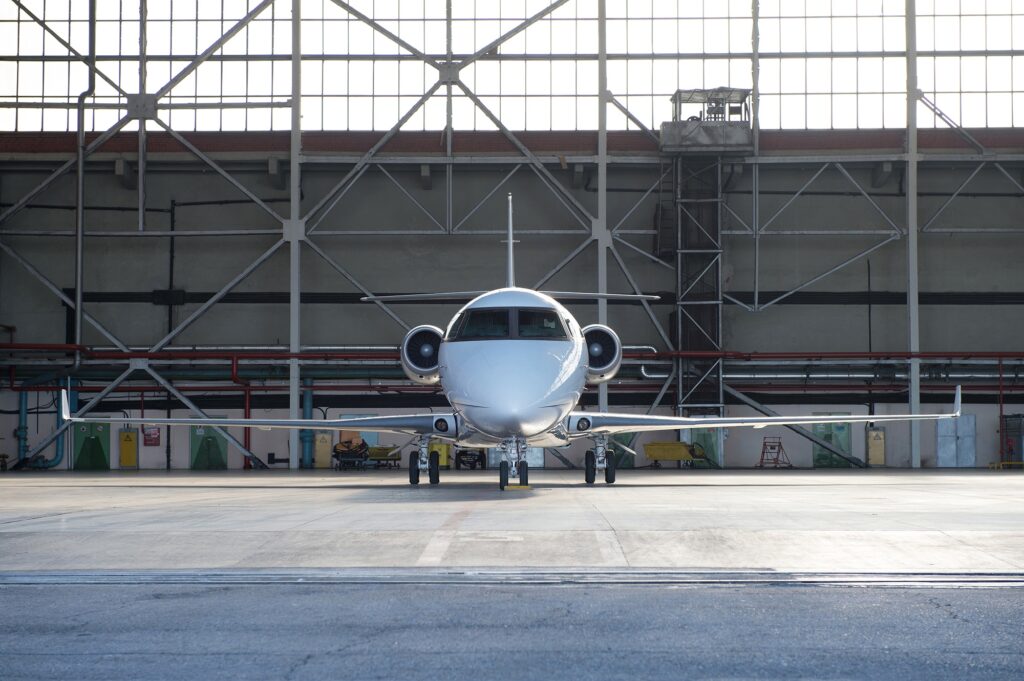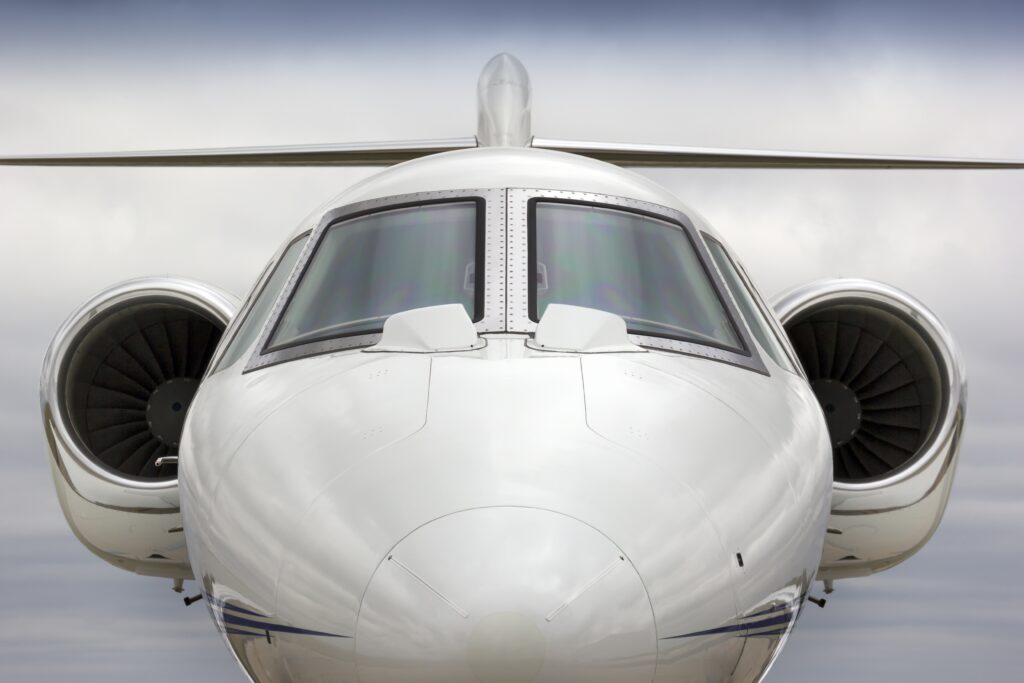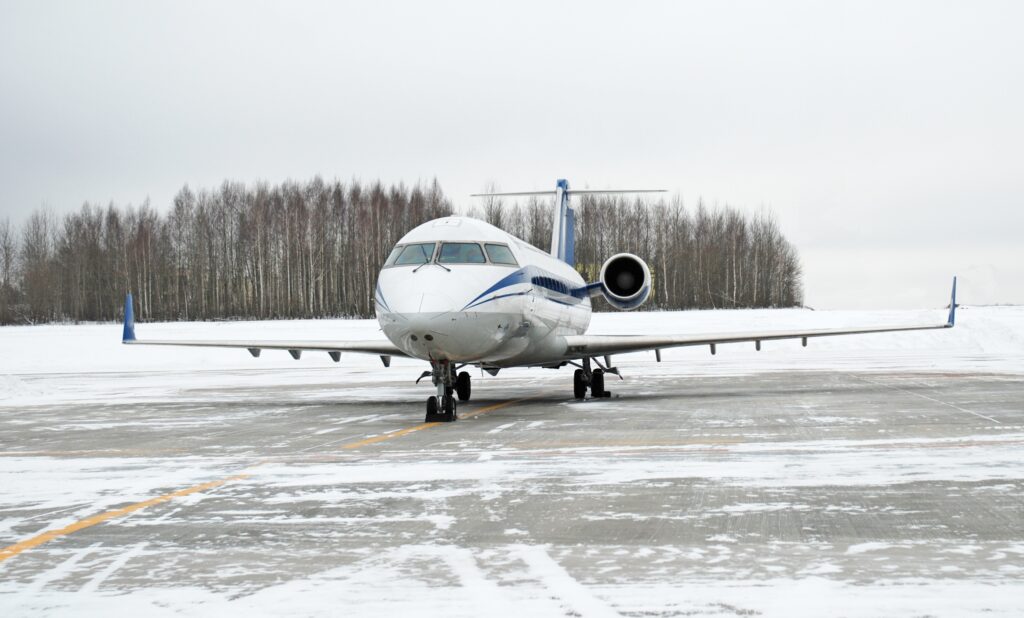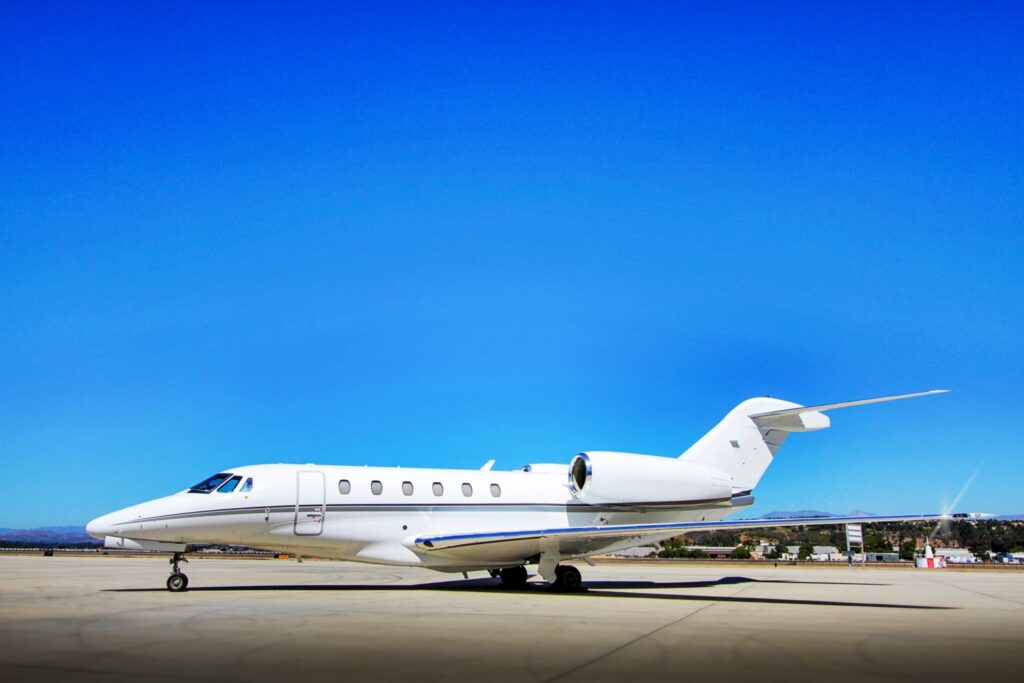Buying a private aircraft can be one of the best days of your life, but it’s a complicated process. There are a lot of steps to consider and a lot of money to be spent, and you want to make sure you’re adequately prepared. Hiring the right team of aviation professionals, from your broker to your management team, can help you avoid these common mistakes while you plan for the purchase of your private plane.
[ulp id=’ksrvpykbSKmvluGu’]
Not anticipating growth
Some aircraft owners make the mistake of buying an aircraft for their current mission without considering future growth, because a smaller, cheaper plane seemed to save them some money in the short term. But aren’t you buying a private plane to save time and eliminate the stresses that commercial flights can cause? If so, you don’t want to end up in a plane that will cause you more stress and take up even more of your time. Keep your five-year plan in mind during fleet planning to make sure your aircraft purchase is in line with your future mission. Saving a few hundred thousand dollars on an aircraft isn’t worth it if it means the difference between getting to your destination directly and having to stop and refuel every time, because your company’s growth requires you to fly further than you had planned. Keep your potential growth in mind during fleet planning in order to figure out how much plane you need.
Buying a bigger plane than you need
Some impulsive aircraft owners end up with a bigger, more expensive plane than they really need. A spacious cabin can be tempting, but keep in mind that a bigger jet means higher operational and maintenance costs. During fleet planning, you want to focus on 80% of your missions, not the outliers. If you’ll have eight other passengers with you on the majority of your flights, then a larger cabin might be necessary. If it’s just going to be you and a colleague on most flights, a smaller aircraft is probably the better option. If you’re flying from Texas to New Mexico 80% of the time, and flying to Hawaii just once or twice a year for vacation, you probably don’t need a plane with Texas-to-Hawaii range. For the outlying flights that require longer range or more cabin space than your typical mission, charter or commercial airliners can supplement travel that your own aircraft can’t make.
Forgetting to consider a helicopter
Many of our clients come to us with a private jet or a turboprop in mind, without even considering the fact that a helicopter might be their best option. The most popular helicopter charter in the U.S. is between New York City and the Hamptons. There’s nothing sweeter to see from the sky than all of the highway traffic you’re missing. Hate driving to the airport? Make the commute in your helicopter and avoid traffic completely. If your typical mission is a short flight that doesn’t require an aircraft with a whole lot of range, or your destination doesn’t have a private airport or runway, a helicopter can be cheaper, more convenient and more appropriate for your mission.
Putting too much stock in purchase price
Most experienced aircraft owners know enough not to fall into the trap of a super cheap airplane. While it isn’t always the case, oftentimes a “great deal” can mean lots of upcoming maintenance and/or high operational costs. If you find a plane for $200,000 less, but its hourly costs are significantly higher than the more expensive alternative, that money can catch up with you pretty quickly, and will likely end up costing you more in the long run.
Not knowing exactly what you need
You may think your fleet planning is done once you figure out the make and model of the aircraft you want. Wrong. It’s important to know exactly what performance or features you need with regard to your aircraft. Do you land on short runways or in hot weather and high elevations? Do you need a forward galley? Is an externally serviceable lavatory a must? Are you willing to pay a premium for a plane with recent major inspections? Rank your criteria from most-to-least important. The right broker should be able to walk you through each of these steps. Every make and model of aircraft has different subtleties like winglets, engine upgrades, strakes, avionics upgrades, etc. A dedicated broker will do the research for you, reducing your workload and stress level by helping you find a balance between what you want in an aircraft and what you need to fit your mission.
Choosing the wrong team
From your broker to your management team, even your local FBO, you want to make sure you’re working with the right people. You don’t want to spend millions of dollars on a private aircraft only to pay a team that doesn’t communicate well or gives your multimillion-dollar asset a less-than-stellar wash. The right team should make sure your aircraft is protected, and that your money is spent efficiently. If you want to charter your aircraft out, your management team should be able to help you with charter operations, making sure your travel schedule and your aircraft’s charter availability don’t overlap, maximizing your investment and making your life as an aircraft owner easier.

